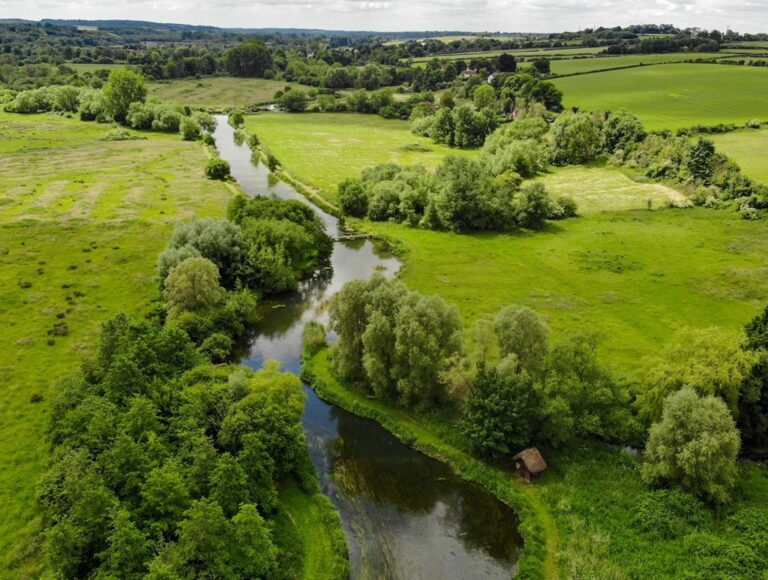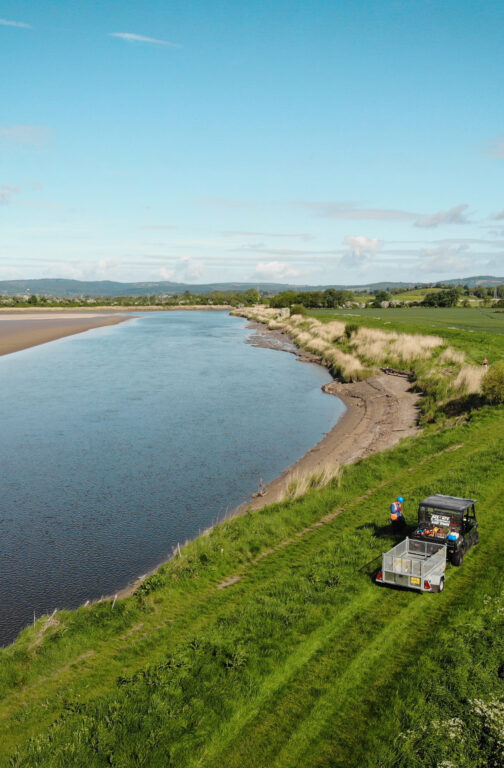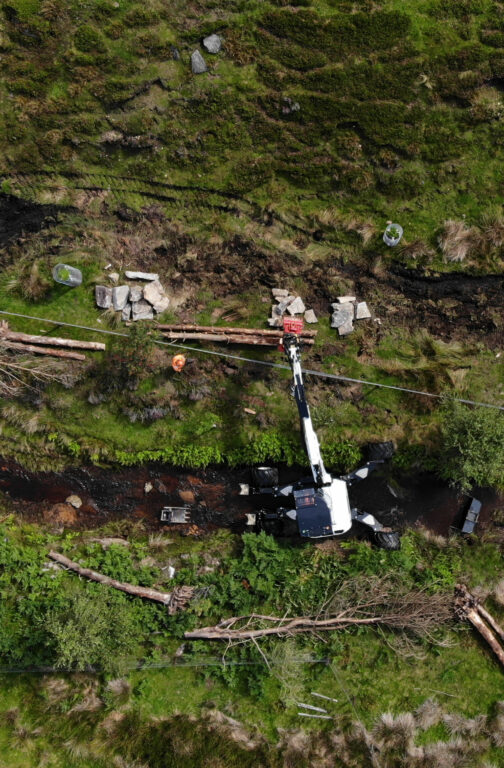As climate change increases the incidences of heavy rainfall, Stonbury assists engineers seeking new methods to combat flooding and manage wastewater.
More frequent floods and concerns over the release of raw sewage into the environment has prompted an increased spotlight on ways to solve the issues associated with Britain’s overwhelmed Victorian sewerage system and more frequent flooding of towns, cities, and farmland.
The amount of water entering our rivers and sewerage systems in recent years has exceeded both the natural and man-made network’s capacities. Floods are becoming more frequent, and storm overflows, or combined sewer overflows (CSOs) have featured widely in the news as an outdated feature of our Victorian wastewater system which requires urgent investment to update.
Though building higher capacity infrastructure is one solution, effectively eliminating the problem through hard engineering would require constructing wastewater treatment plants three times their current size. As over 95% of the wastewater breaching a storm overflow is rainwater, this option may have an unjustifiable environmental footprint as well as being too slow and too costly.
An alternative solution is to maximise the potential of existing infrastructure whilst exploring alternative ways to reduce flooding and deal with wastewater. Stonbury is currently engaged in a refurbishment programme to bring multiple brick wastewater treatment tanks back into service and is pleased to assist clients reinstate more decommissioned wastewater assets. At the same time, Stonbury recognises more needs to be done.
The growing pressures of overpopulation and climate change are driving water infrastructure engineers and policymakers to seek more sustainable ways to manage stormflow. There has been a growing interest in green engineering in recent years, reflected in the current AMP period focus to work with nature to solve current issues, rather than against it through traditional ‘grey box’ engineering.
Reed beds and other artificial wetlands provide a promising solution, both for flood attenuation and for increasing wastewater treatment plant capacity in a way that is cost-effective, sustainable, and achieves both biodiversity net gain and carbon sequestration. Though reed beds are currently used as a tertiary treatment, research demonstrates that they can effectively neutralise sewage within storm overflows.
As Stonbury realigns its vision with the goal of being a leading sustainable contractor within its chosen markets, it advocates a whole-catchment approach to dealing with the problem of excess stormflow. Its work throughout the catchment for clients including the Environment Agency aims to provide natural flood management to protect towns and villages.
Stonbury is delighted to deliver several river restoration streams within the UK, including the re-meandering of rare chalk streams in Hampshire. Restoring natural river geomorphology aids the rivers’ natural capacity to retain water which slows flows reaching towns and villages, and supports biodiversity and natural filtration processes, enhancing water quality.
Other riverine works include channel clearances to improve water conveyance, combined with a sustainable approach to reducing channel flows through tree planting along banks and surrounding areas. Stonbury has also delivered channel modifications that utilise green solutions such as Flex MSE vegetated walls in place of aggregate structures.
Stonbury understands that hard engineering solutions play an important role in Britain’s water infrastructure and continues to support clients in creating, maintaining, and enhancing such structures. It also recognises the opportunity that green engineering offers in helping the water industry solve a pressing issue whilst continuing to provide essential services.




